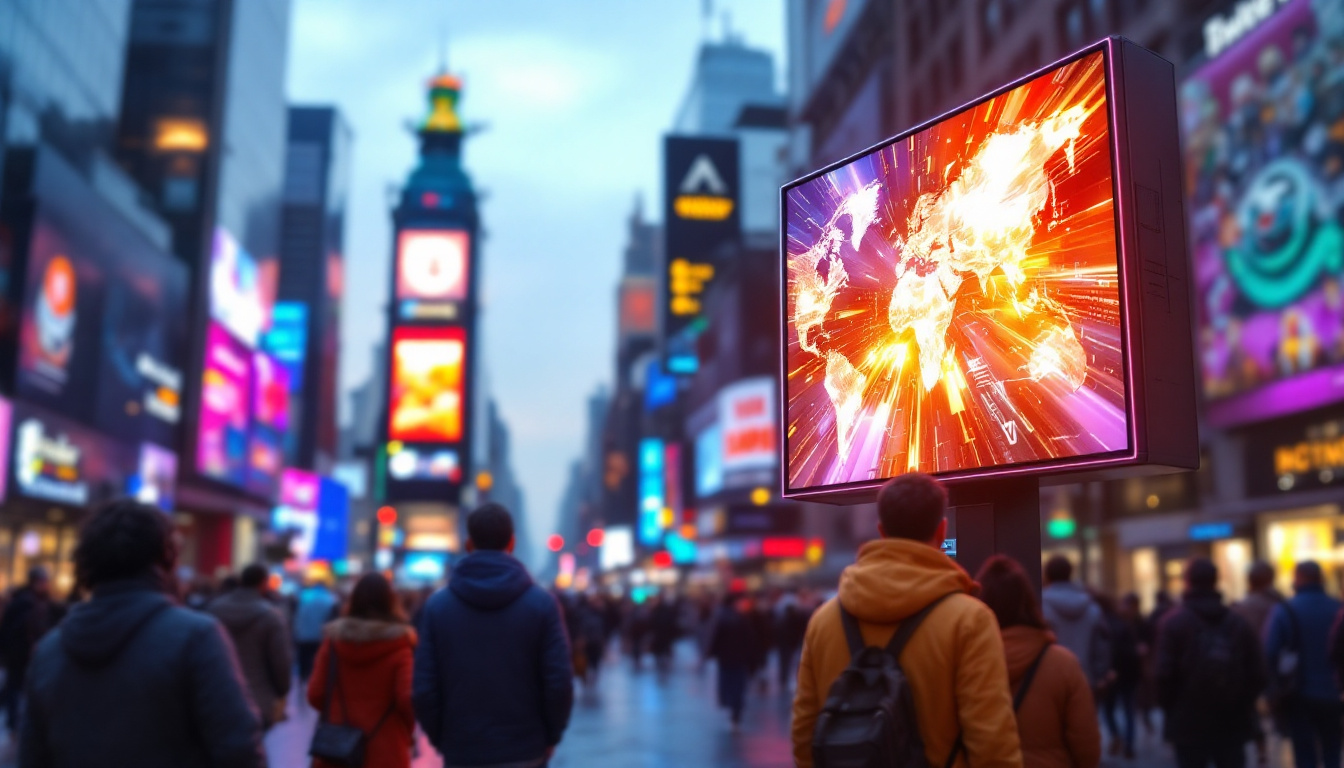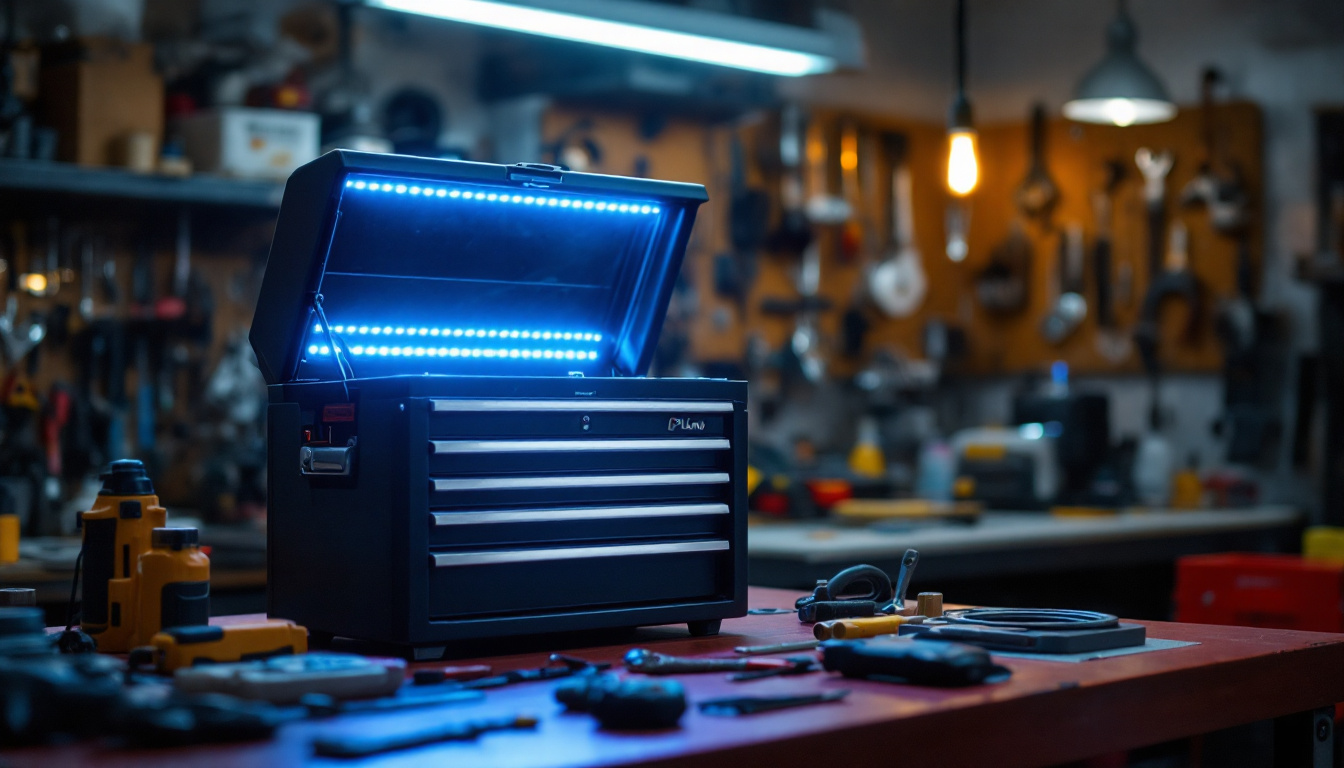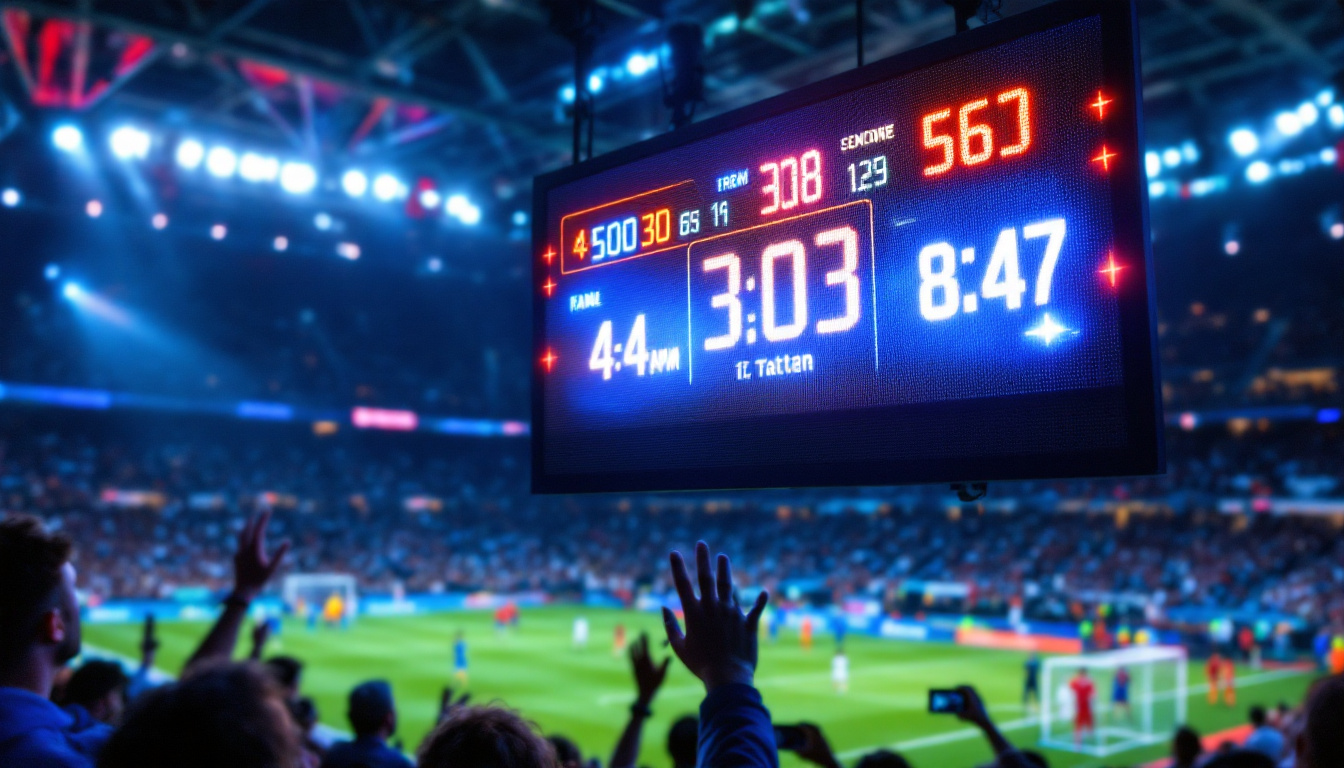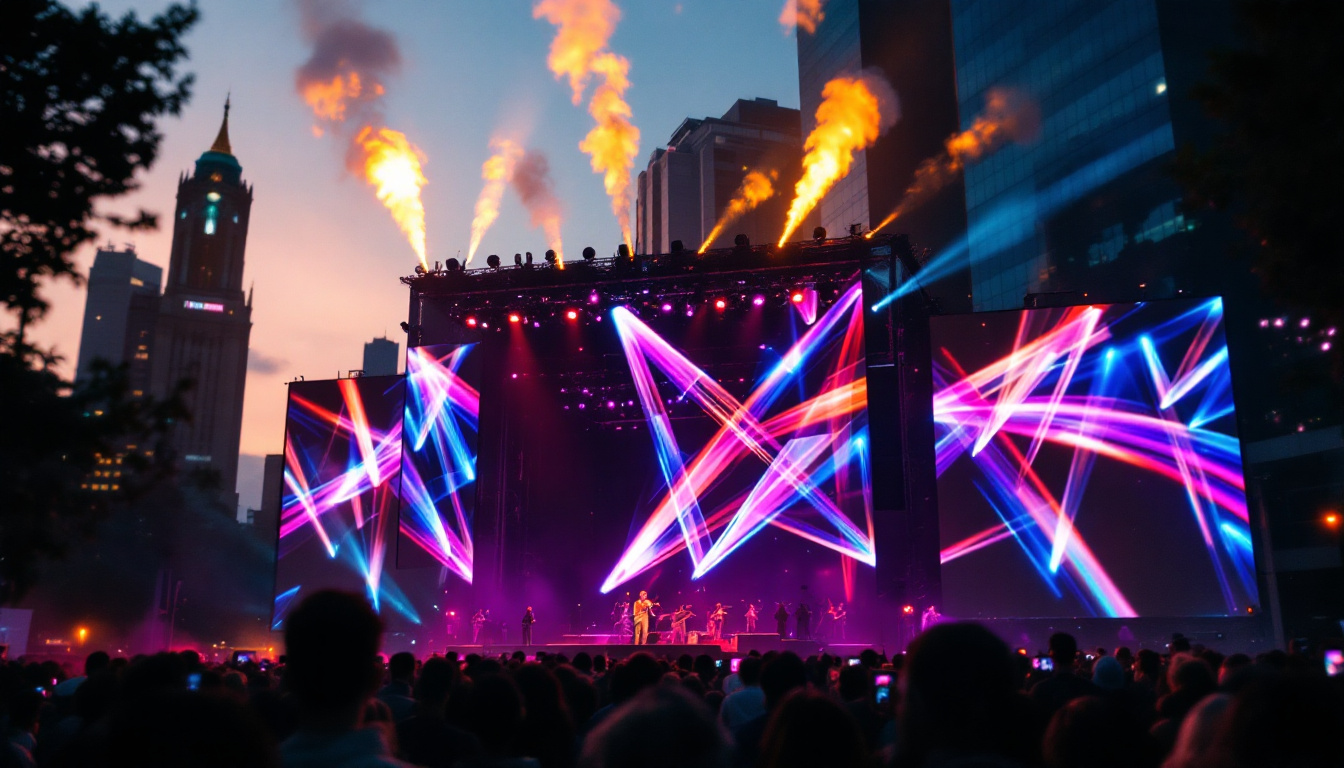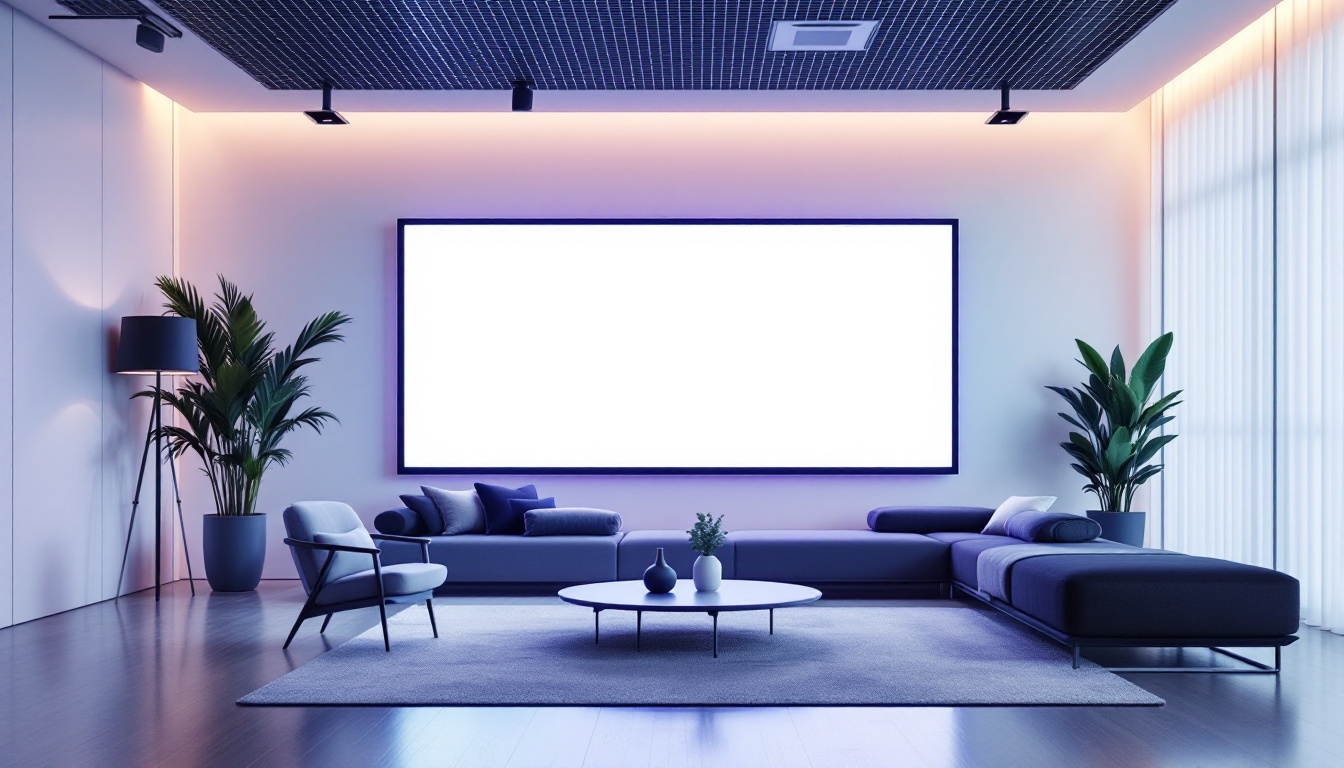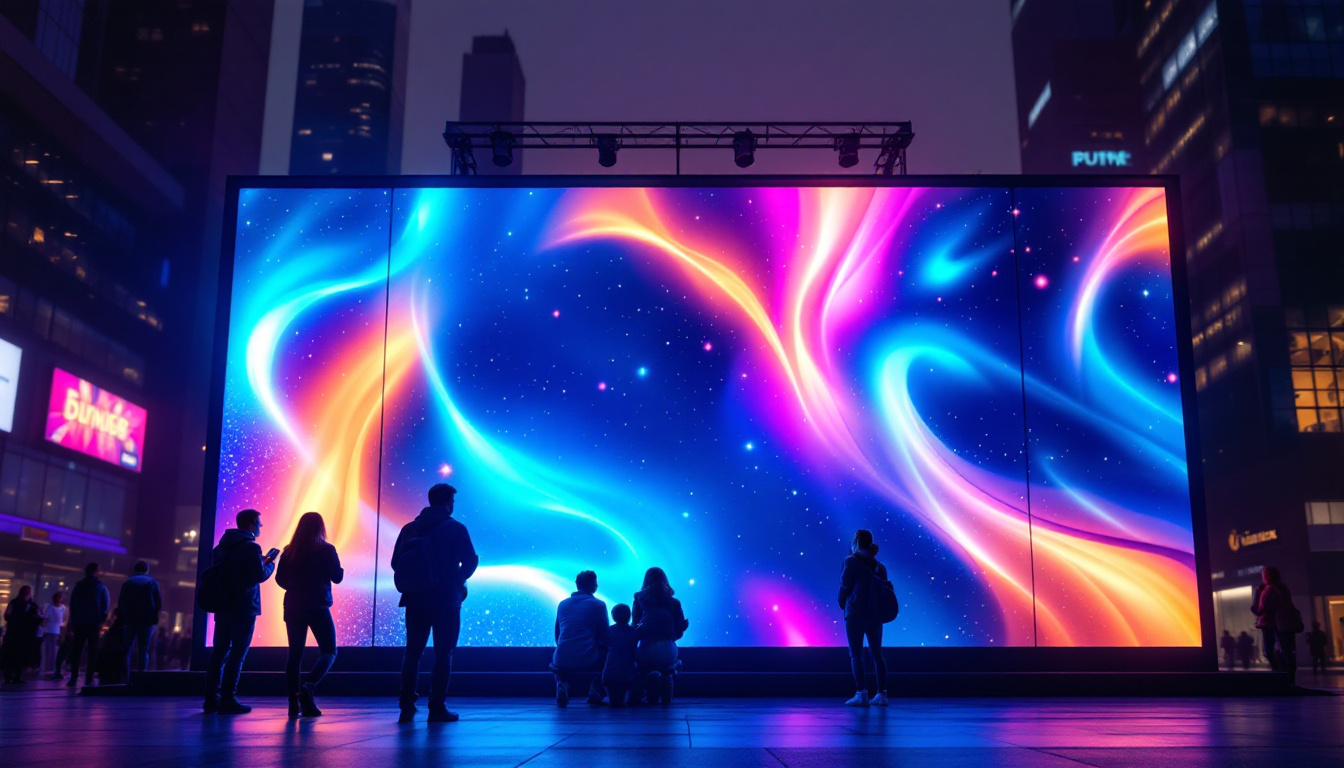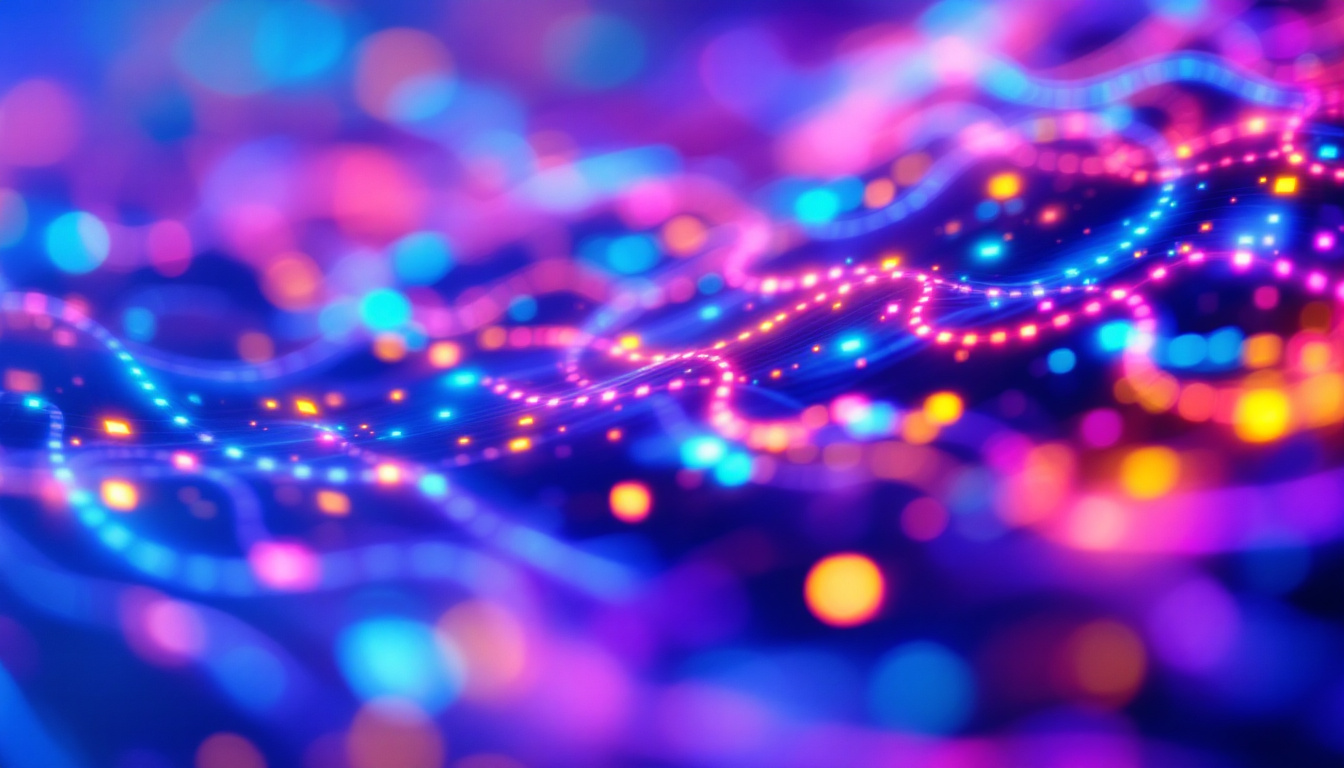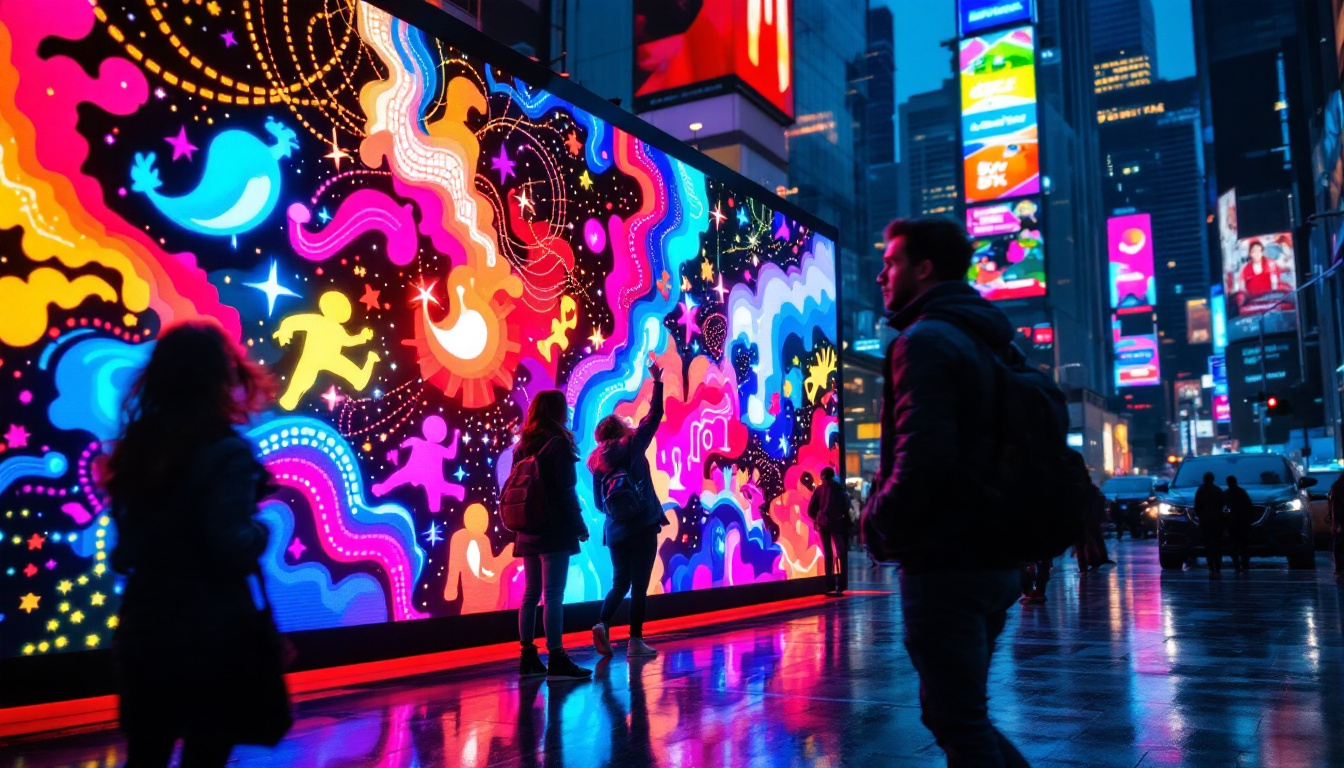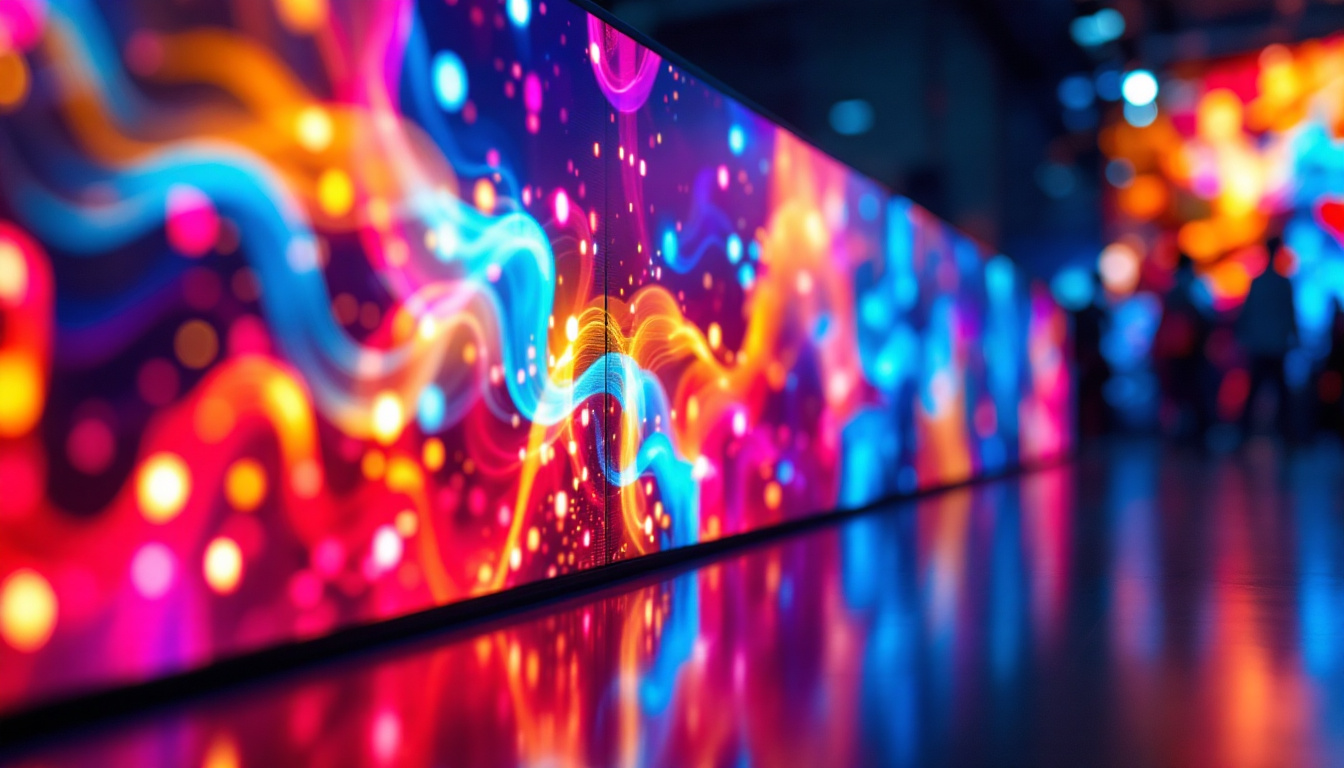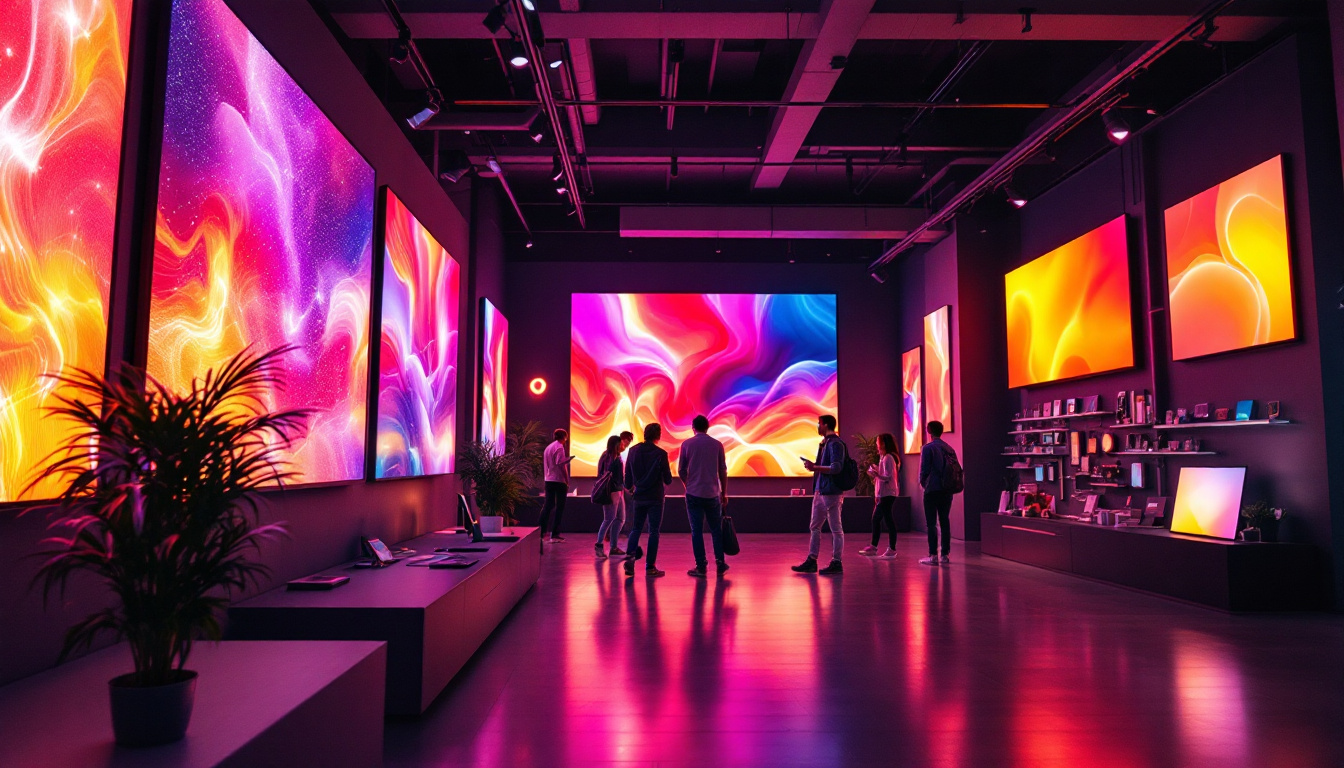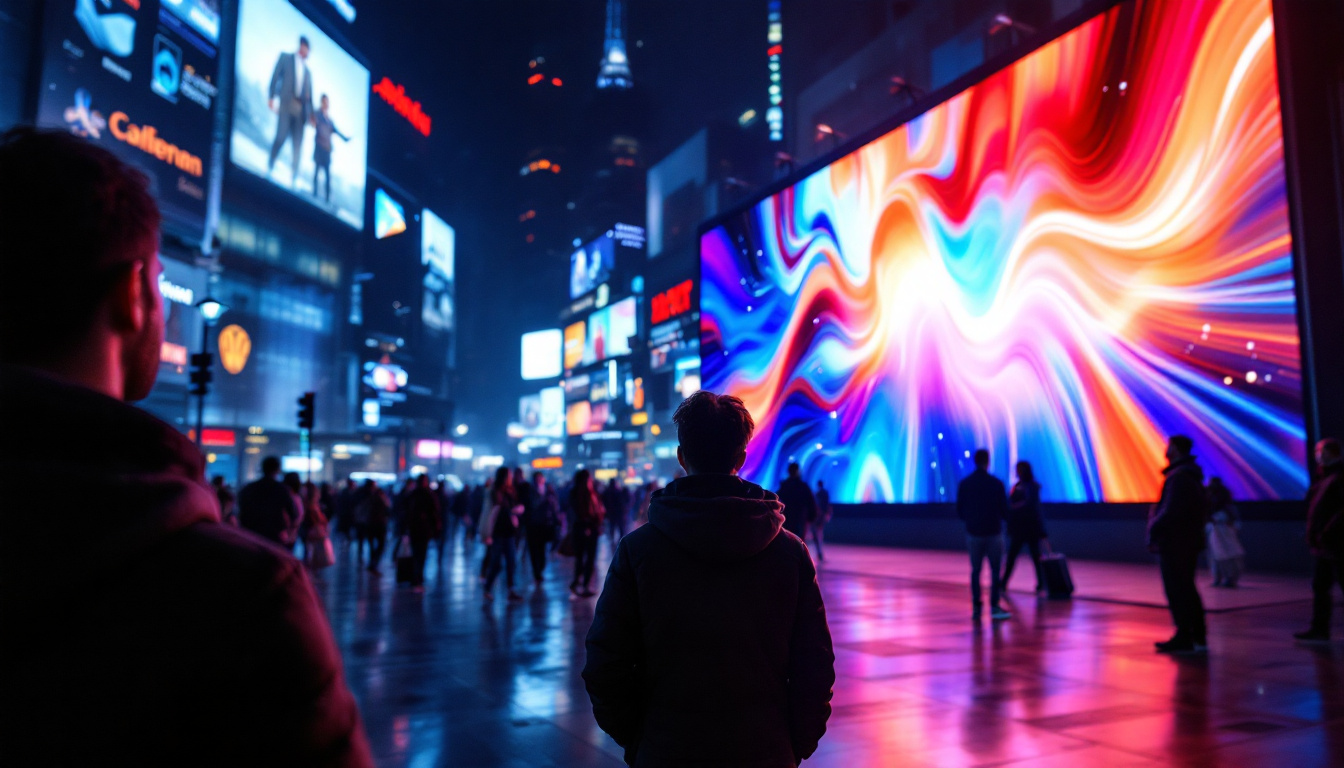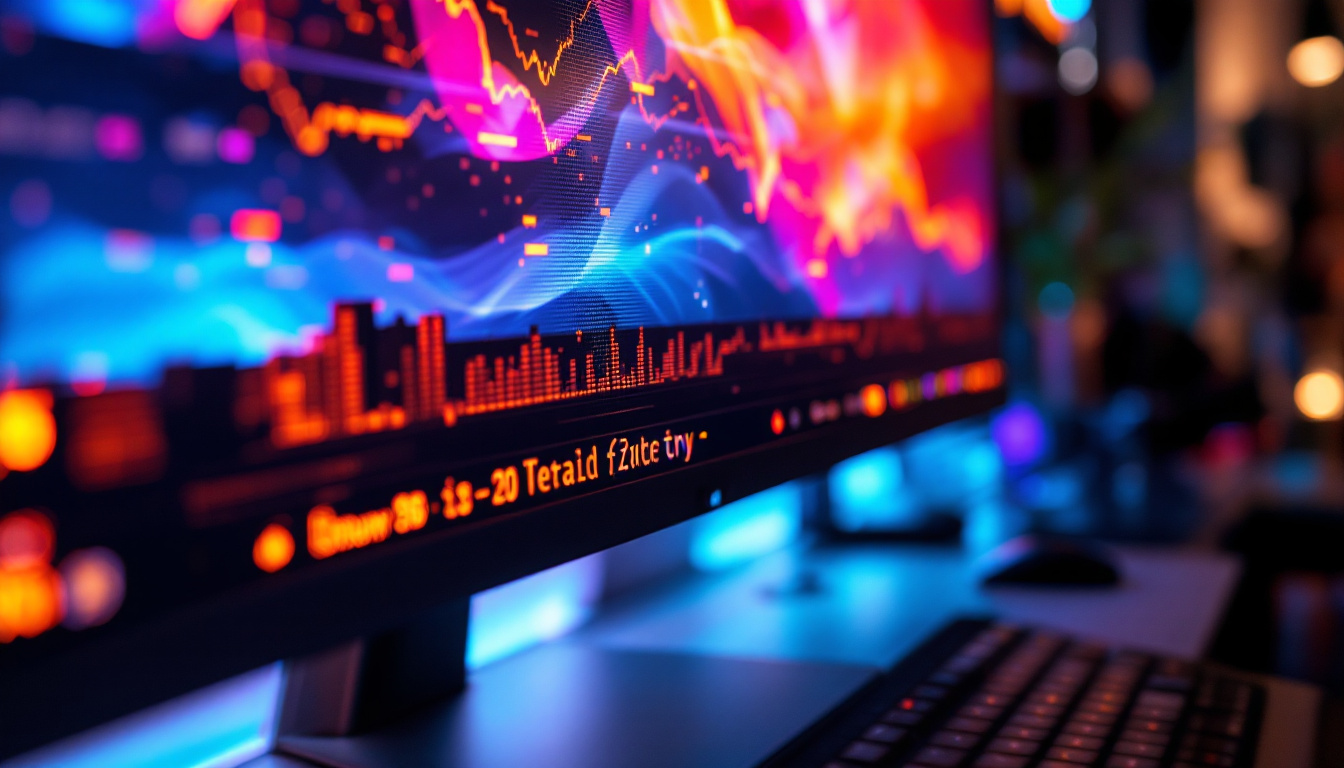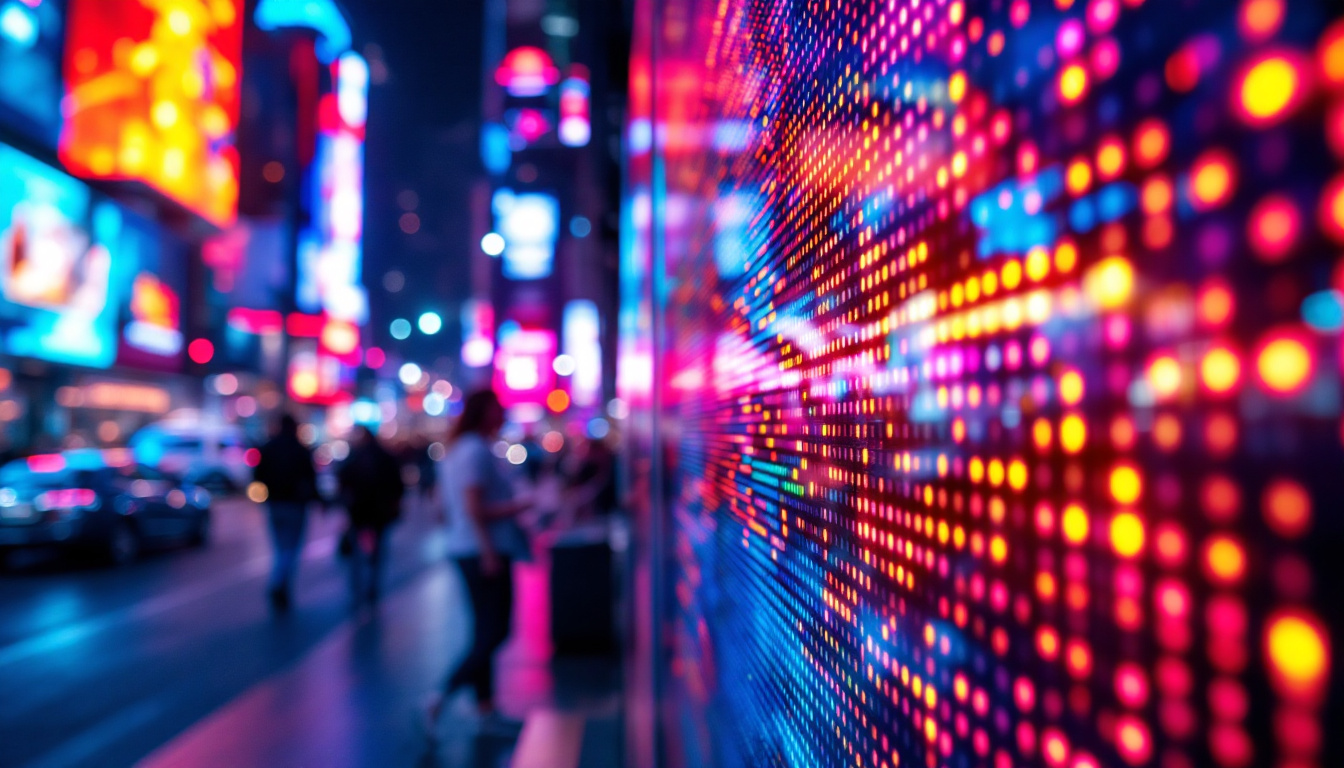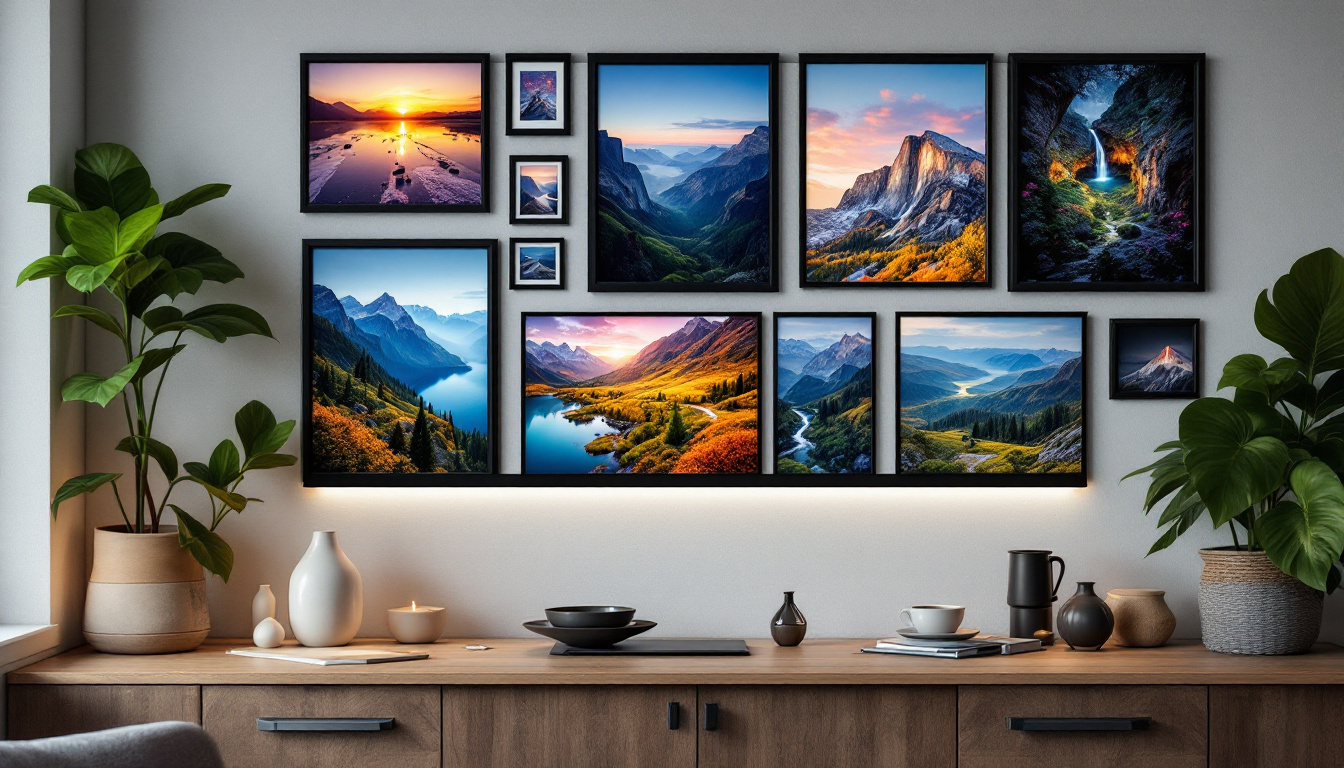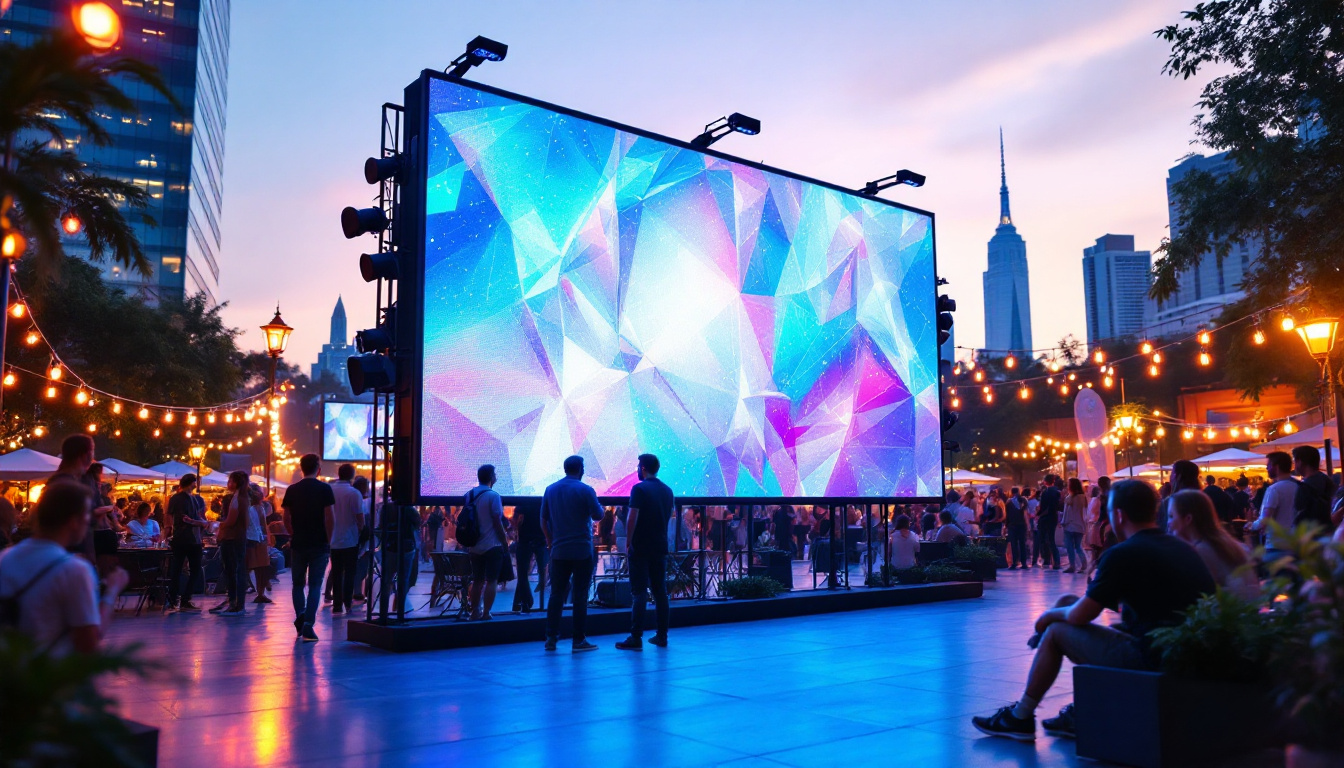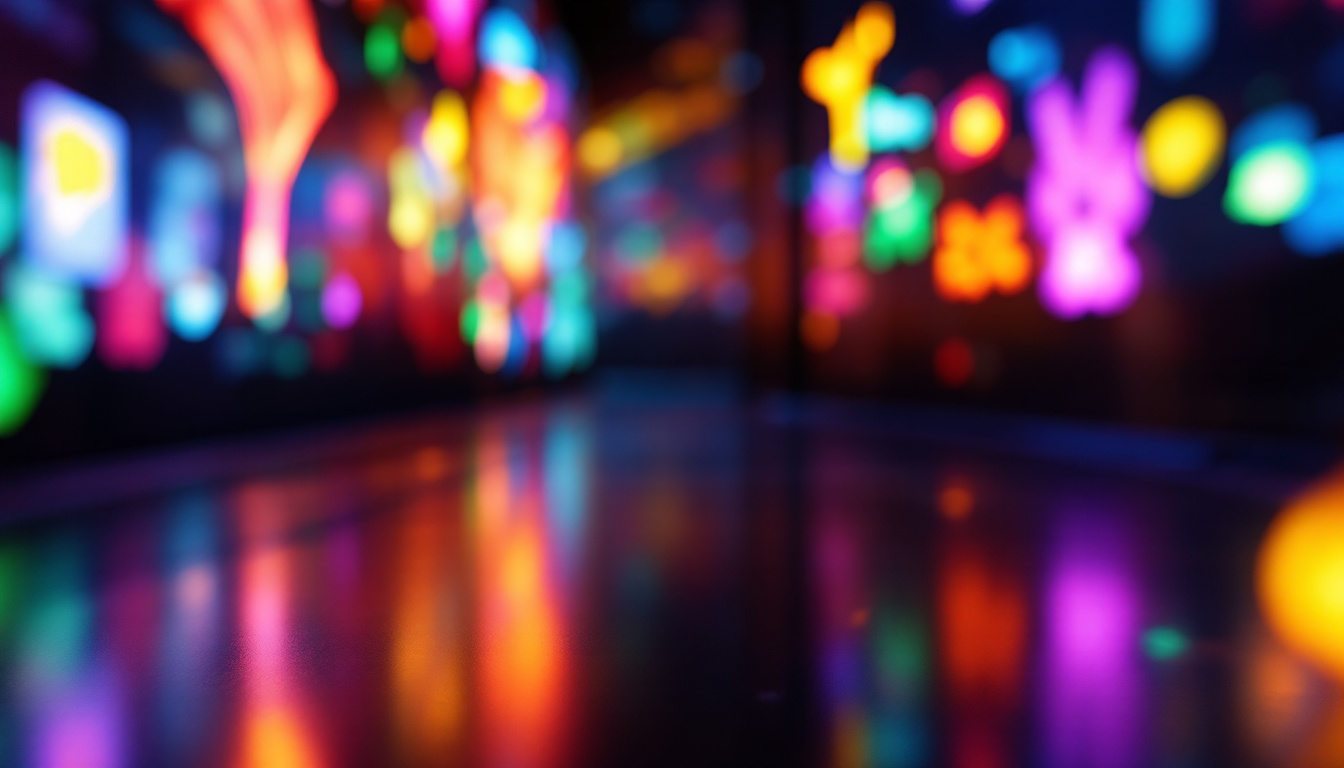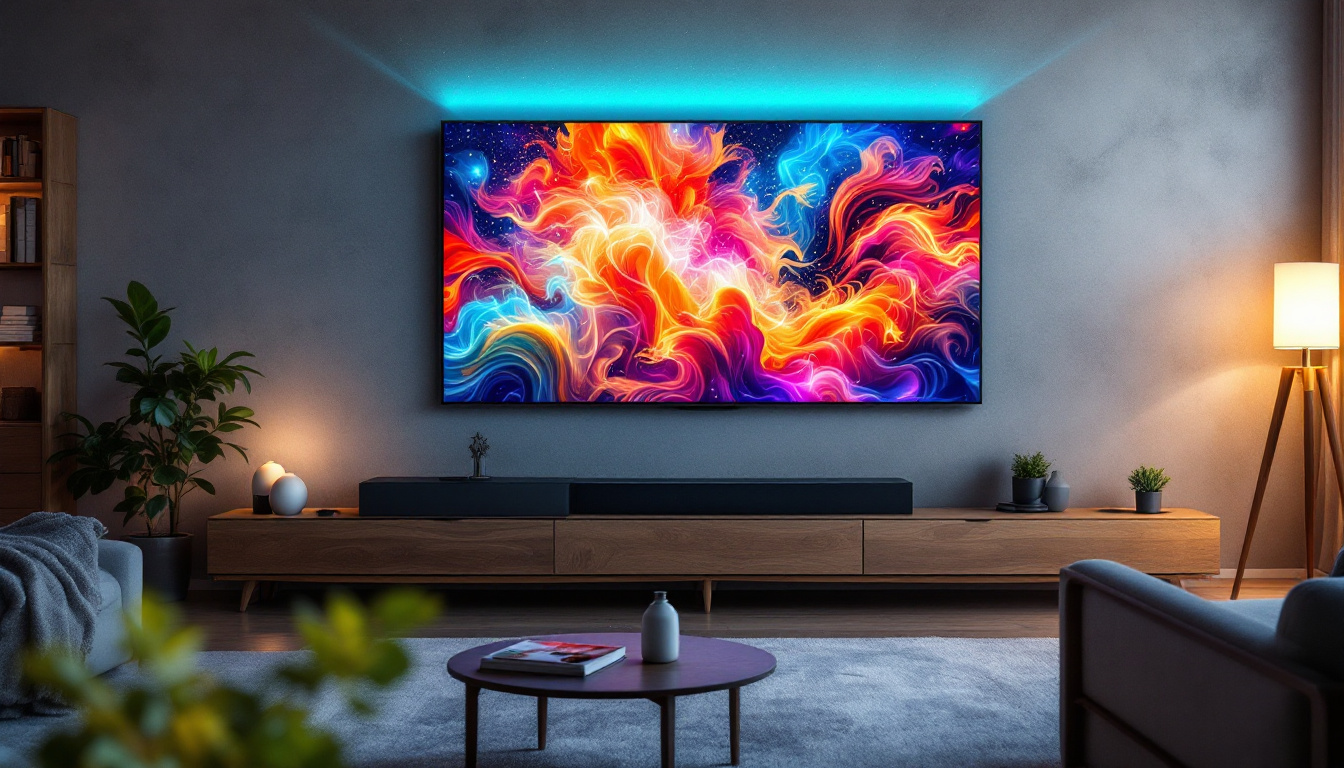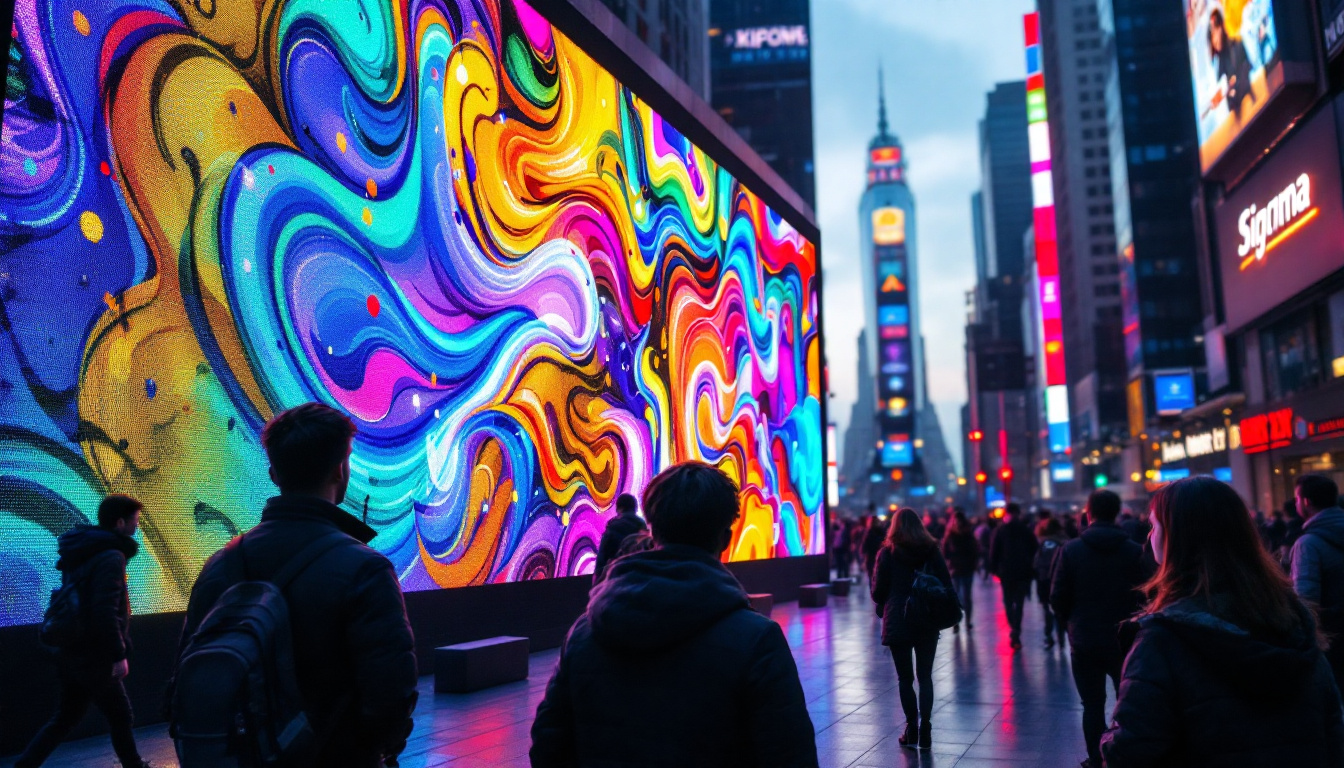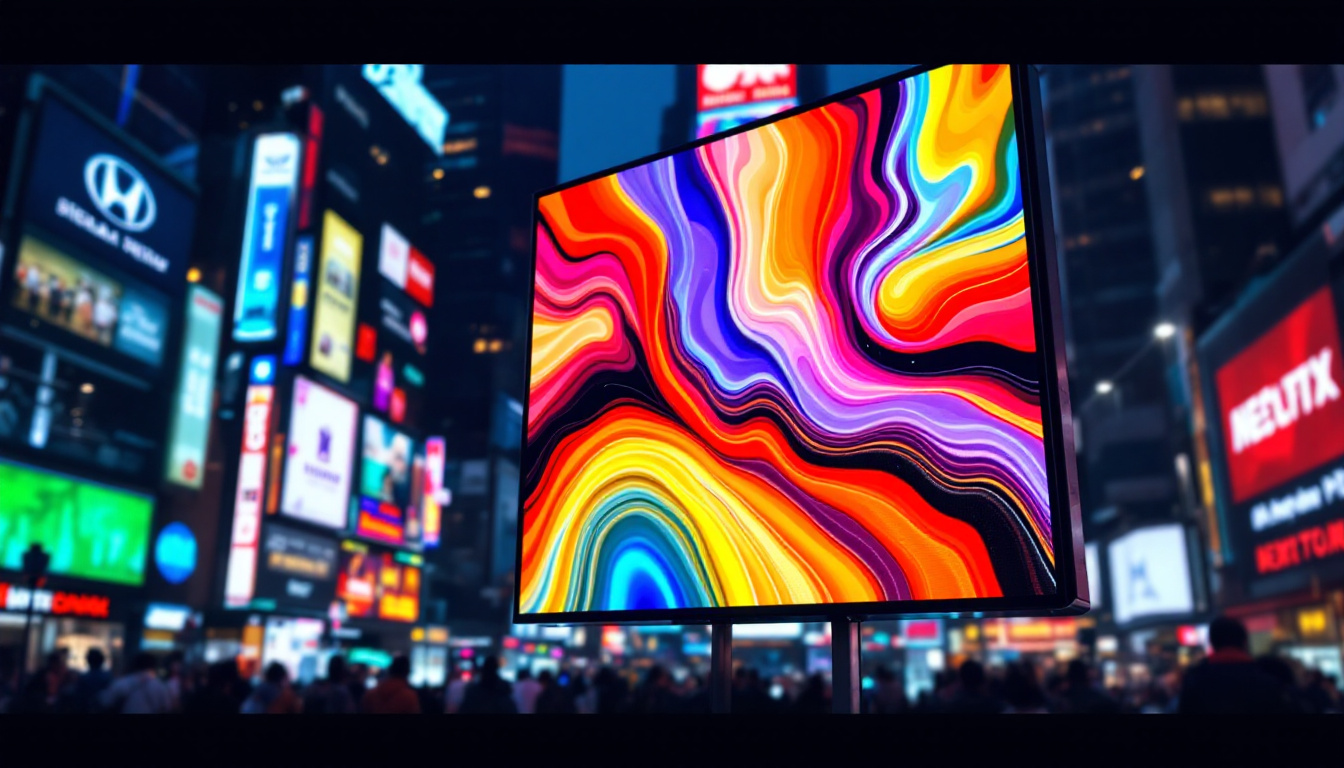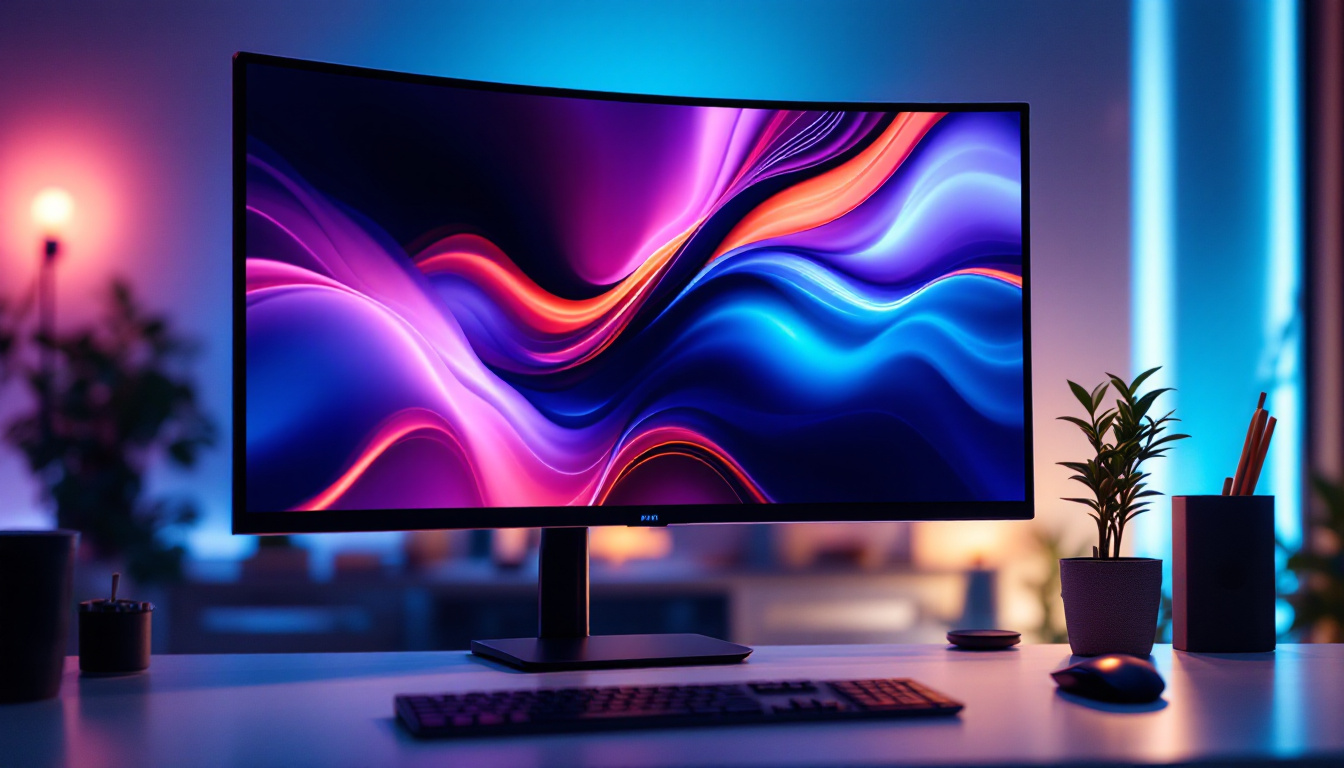In the realm of advertising and information dissemination, LED displays have emerged as a revolutionary tool. Known for their vibrant colors, high brightness, and energy efficiency, LED billboards are transforming the way messages are conveyed in urban environments. This article delves into the intricacies of LED displays, exploring their technology, applications, advantages, and future potential.
Understanding LED Technology
Light Emitting Diodes (LEDs) are semiconductor devices that emit light when an electric current passes through them. This technology has evolved significantly over the years, leading to the development of sophisticated LED displays that are now widely used in billboards. The efficiency and longevity of LEDs have made them a popular choice for both commercial and residential lighting solutions, contributing to energy savings and reduced environmental impact.
How LEDs Work
The fundamental principle behind LEDs is electroluminescence, where electrons recombine with holes within the device, releasing energy in the form of photons. The color of the light emitted depends on the materials used in the semiconductor. By combining different colored LEDs—typically red, green, and blue (RGB)—a full spectrum of colors can be produced, allowing for dynamic and engaging displays. This versatility not only enhances visual appeal but also enables the creation of intricate patterns and animations that can captivate audiences in various settings.
Types of LED Displays
LED displays can be categorized into several types based on their applications and configurations. The most common types include:
- Outdoor LED Displays: These are designed to withstand harsh weather conditions and are typically used for advertising in public spaces. Their brightness and visibility in direct sunlight make them ideal for capturing the attention of passersby, ensuring that messages are communicated effectively.
- Indoor LED Displays: These displays are used in venues such as shopping malls, airports, and conference rooms, where high resolution is essential. The clarity and vibrancy of indoor LED screens enhance the viewing experience, making them perfect for presentations, advertisements, and entertainment.
- Mobile LED Displays: Mounted on trucks or trailers, these displays are used for events and promotions, allowing for flexibility in advertising locations. Their portability makes them an excellent choice for festivals, concerts, and sporting events, where they can reach diverse audiences in various locations.
In addition to these common types, there are also specialized LED displays, such as transparent LED screens that allow for visibility through the display while still showcasing vibrant images and videos. These innovative designs are increasingly being used in retail environments, where they can enhance product displays without obstructing the view of the merchandise behind them. Furthermore, advancements in LED technology have led to the development of flexible LED panels, which can be shaped to fit unique spaces, opening up new possibilities for creative installations and architectural designs.
Applications of LED Billboards
LED billboards have found applications across various sectors, revolutionizing traditional advertising methods. Their versatility allows businesses to tailor messages to specific audiences effectively.
Advertising and Marketing
One of the most prominent uses of LED displays is in advertising. Brands leverage the eye-catching nature of these displays to capture consumer attention. The ability to change messages quickly allows advertisers to promote different products or services in real-time, making campaigns more dynamic and responsive to market trends. Additionally, the use of vibrant colors and high-resolution imagery on LED billboards enhances brand visibility, making it easier for consumers to recall advertisements. This adaptability not only maximizes engagement but also allows for targeted advertising based on time of day or specific events, ensuring that the right message reaches the right audience at the right moment.
Information Dissemination
Beyond advertising, LED displays serve as vital information hubs. public transport systems, airports, and educational institutions utilize LED boards to relay real-time information, such as arrival and departure times, emergency alerts, and event announcements. This functionality enhances communication and improves the overall experience for users. In addition, LED displays can be programmed to provide multilingual information, catering to diverse populations and enhancing accessibility for non-native speakers. The integration of social media feeds and live updates on these boards also allows for a more interactive experience, keeping the public informed and engaged with current events and community happenings.
Entertainment and Events
In the entertainment industry, LED displays are integral to concerts, sports events, and festivals. They are used for stage backdrops, scoreboards, and promotional content, creating immersive experiences for audiences. The ability to display high-definition video content adds a layer of excitement and engagement that traditional signage cannot match. Furthermore, LED billboards can be synchronized with sound systems to create a cohesive audio-visual experience, amplifying the overall impact of performances. As technology advances, features such as augmented reality can also be incorporated into these displays, offering audiences a unique and interactive way to engage with the event, blurring the lines between the physical and digital realms.
Advantages of LED Displays
The adoption of LED technology in billboards offers numerous advantages over traditional display methods. These benefits contribute to the growing popularity of LED displays in various applications.
Energy Efficiency
One of the standout features of LED displays is their energy efficiency. Compared to traditional incandescent bulbs, LEDs consume significantly less power, which translates to lower operational costs. This efficiency not only benefits businesses financially but also reduces the environmental impact, aligning with sustainability goals. Furthermore, the reduced energy consumption means that companies can allocate their resources towards other innovative projects, enhancing their overall productivity and competitiveness in the market.
Longevity and Durability
LED displays boast an impressive lifespan, often exceeding 100,000 hours of operation. This longevity means less frequent replacements and lower maintenance costs. Additionally, LEDs are more robust and resistant to shock and vibration, making them suitable for outdoor installations where they may be exposed to the elements. The ability to withstand harsh weather conditions, such as heavy rain or extreme temperatures, ensures that these displays maintain their performance and aesthetic appeal over time, providing a reliable advertising solution for businesses.
High Visibility and Quality
LED displays are known for their bright and vibrant colors, ensuring high visibility even in direct sunlight. The clarity and resolution of LED screens can be adjusted, allowing for stunning visuals that capture attention. This quality makes them ideal for both advertising and informational purposes, as messages can be conveyed effectively from a distance. Moreover, the versatility of LED technology allows for dynamic content, enabling businesses to change their messages in real-time, which is particularly advantageous for promotions or time-sensitive announcements. The ability to showcase animations and videos further enhances viewer engagement, making LED displays a powerful tool for marketing strategies.
Challenges and Considerations
Despite their many advantages, LED displays are not without challenges. Understanding these challenges is crucial for businesses considering their implementation.
Initial Investment Costs
The initial cost of purchasing and installing LED displays can be significant. While the long-term savings on energy and maintenance can offset these costs, businesses must weigh the upfront investment against potential returns. Careful planning and budgeting are essential to ensure a successful implementation.
Regulatory Compliance
In many regions, outdoor LED displays are subject to strict regulations regarding brightness, size, and placement. Businesses must navigate these regulations to avoid fines and ensure compliance. Engaging with local authorities and understanding zoning laws is crucial before proceeding with installation.
Content Management
Effective content management is vital for maximizing the impact of LED displays. Businesses must invest in software and training to create engaging content that resonates with their target audience. Regular updates and maintenance of content are essential to keep messages fresh and relevant.
The Future of LED Displays
The future of LED displays looks promising, with advancements in technology and growing demand across various sectors. Innovations are expected to enhance functionality and expand applications, making LED displays an even more integral part of modern communication.
Smart Technology Integration
As the Internet of Things (IoT) continues to evolve, the integration of smart technology into LED displays is becoming increasingly common. This integration allows for real-time data analysis, enabling businesses to tailor messages based on audience behavior and preferences. Smart LED displays can adjust brightness based on ambient light or even change content based on the time of day.
Improved Resolution and Flexibility
Future advancements are likely to focus on enhancing resolution and flexibility. High-definition and ultra-high-definition LED displays are becoming more accessible, allowing for stunning visuals that captivate audiences. Additionally, flexible LED screens that can be bent or shaped into various configurations are emerging, providing new opportunities for creative advertising.
Sustainability Initiatives
As sustainability becomes a priority for many businesses, the LED industry is responding with eco-friendly initiatives. Innovations in materials and manufacturing processes aim to reduce the environmental impact of LED displays. Companies are increasingly focusing on recycling programs and energy-efficient designs, aligning with global sustainability goals.
Conclusion
LED displays have revolutionized the way information and advertisements are presented in public spaces. Their vibrant colors, energy efficiency, and versatility make them an attractive option for businesses looking to enhance visibility and engagement. While challenges exist, the advantages of LED technology far outweigh the drawbacks, paving the way for a bright future in digital signage.
As technology continues to advance, the potential applications for LED displays will only expand, offering new opportunities for creativity and communication. Embracing this technology not only enhances brand visibility but also contributes to a more informed and connected society.
Illuminate Your Message with LumenMatrix
Ready to elevate your advertising and communication strategies with the vibrant colors, energy efficiency, and versatility of LED displays? LumenMatrix is at the forefront of LED display technology, offering an array of innovative solutions that are tailored to meet your unique needs. From Indoor and Outdoor LED Wall Displays to Vehicle LED Displays and beyond, our mission is to revolutionize visual communication. Discover how our cutting-edge digital signage and LED display solutions can enhance engagement and captivate your audience. Check out LumenMatrix LED Display Solutions today and transform the way you share your message with the world.

